|
By Sinéad Hughes, Head of Conservation, Carrig Conservation International
2020 won’t be a year any of us will forget in a hurry, but for the team at Carrig the ups and downs of the past month or so have brought out our best. We’ve adapted quickly to social distancing and remote working, and have stayed focused on the challenges of the present as well as the opportunities of the future.
I’m sure like us you were glued to the telly on 28th March when Leo Varadkar announced further restrictions to help “flatten the curve” of the Covid-19 infection rate. One of the measures set in place that evening was to limit travel beyond a 2km radius from home except for food shopping and other essential trips. Restricting movement in this way was intended to save lives and take the pressure off our hospital system.
Bearing the 2km radius in mind, I decided to set a bit of a challenge for my creative colleagues at Carrig. I asked them to take a photograph of a heritage structure, feature or place while out strolling in their own neighbourhoods, and I was interested to see what they’d come up with. As expected, the team were up for it and within a few hours of my email, I started to receive fabulous shots of local heritage.
My first respondent was Caroline who sent me a photo from Dodder Park of her dog Hamish in the foreground of The Roman Arch, or Lord Ely’s Gate as it is sometimes known. Built in the 1770s, the ashlar granite gatelodge was once part of the demesne of Rathfarnham Castle, but is now severed from the castle grounds by a network of modern roads and suburban houses. It is understood that the lodge may have been designed by the architect William Chambers who, with James Anthenian Stuart, remodeled the earlier castle. In spite of Caroline’s best efforts, Hamish didn’t take much notice of the triumphal-arch gateway, but I guess there’s no pleasing some dogs.
Hamish, the dog, in front of the Roman Arch.
My wanderings for the Carrig 2km Heritage Challenge took me up into the Dublin mountains, through the old granite quarries in the townlands of Ticknock and Barnacullia. There I spotted a cast-iron winch in an overgrown quarry bed that must have been abandoned years ago.
This area, along with places like Dalkey and Ballyknockan in southwest Wicklow, sit on a seam of Leinster granite that was exploited to supply the city of Dublin with its building and paving stone in previous centuries. The smaller quarries with their stonecutters and quarrymen are now a thing of the past, and although many of the beds and quarry faces have been reclaimed by nature, they are still legible within the landscape. Ticknock granite quarry
As conservation and heritage consultants, the team at Carrig have an eye for local heritage and understand how it enriches the character of a neighbourhood and contributes to our positive mental health. With the improved weather, we’ve been enjoying our post-work rambles around our respective areas and hope that you have too. If you’d fancy taking part in the Carrig 2km Heritage Challenge, we’d love to hear from you. Why not take a snap when you are out and about and send it to [email protected]. For now, keep safe and happy walking from all the team!
0 Comments
Leave a Reply. |
CARRIG CONVERSATIONS BLOG
We hope to inspire important conversations and debates on the topics of heritage, climate change, sustainability and much more.
CARRIG CONVERSATIONS
PODCAST Archives
July 2023
Categories |
|
T. +353 (0)1 552 9080
E. [email protected] |
VAT IE8240008C
Company Reg. 240008 Directors Peter Cox | Aileen Le Brocquy |


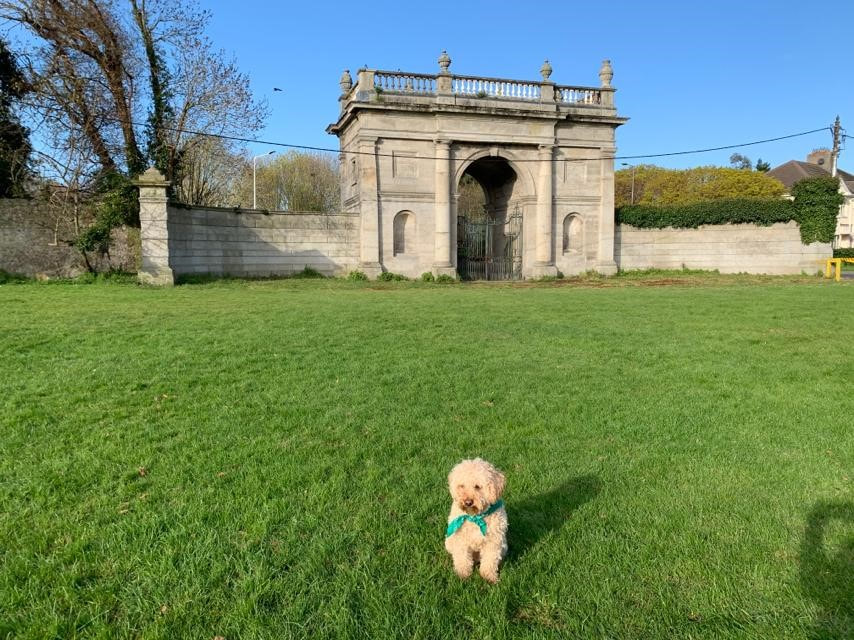
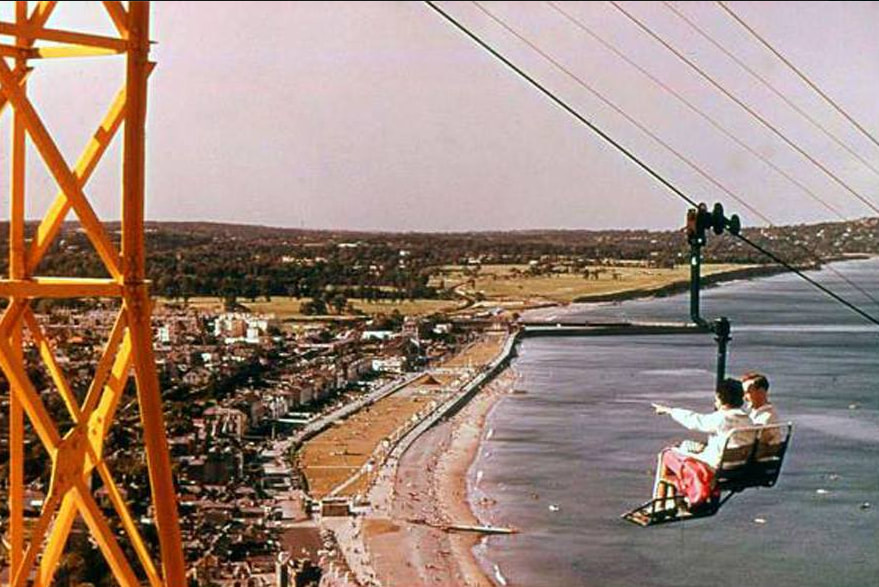
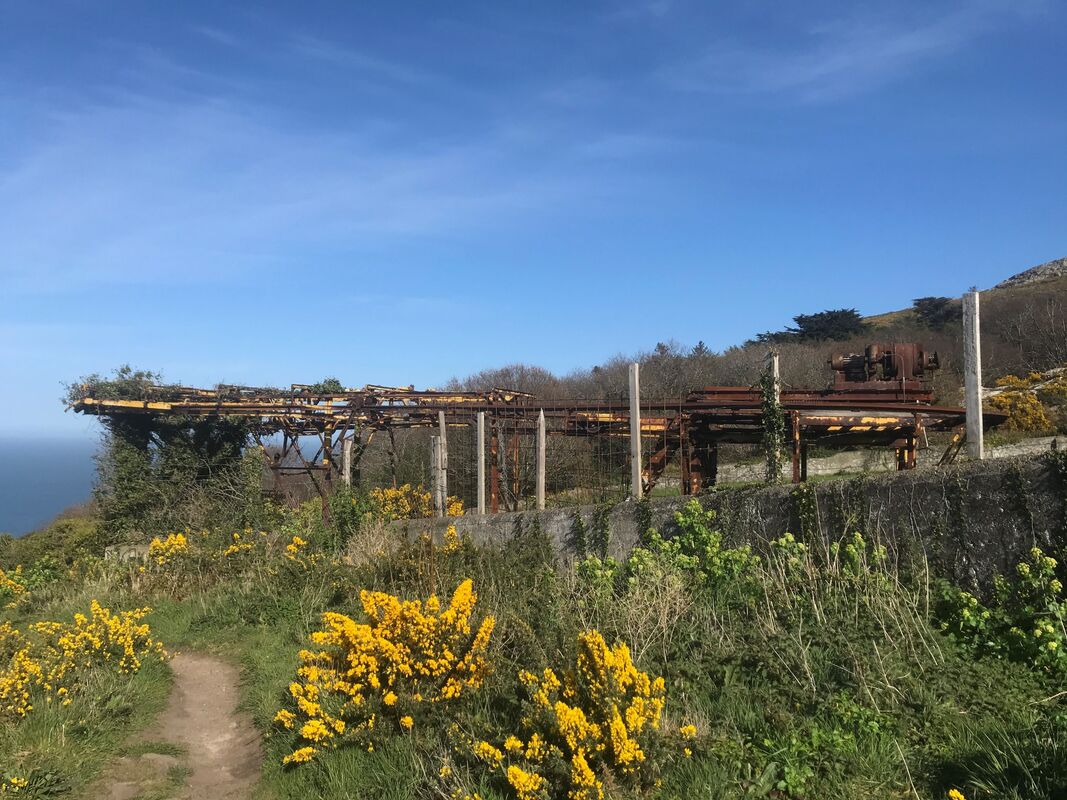
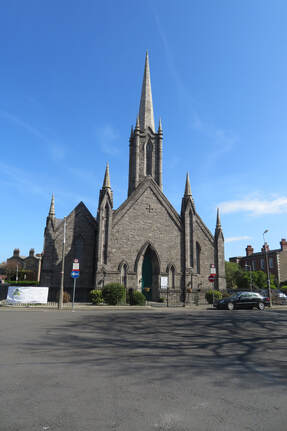
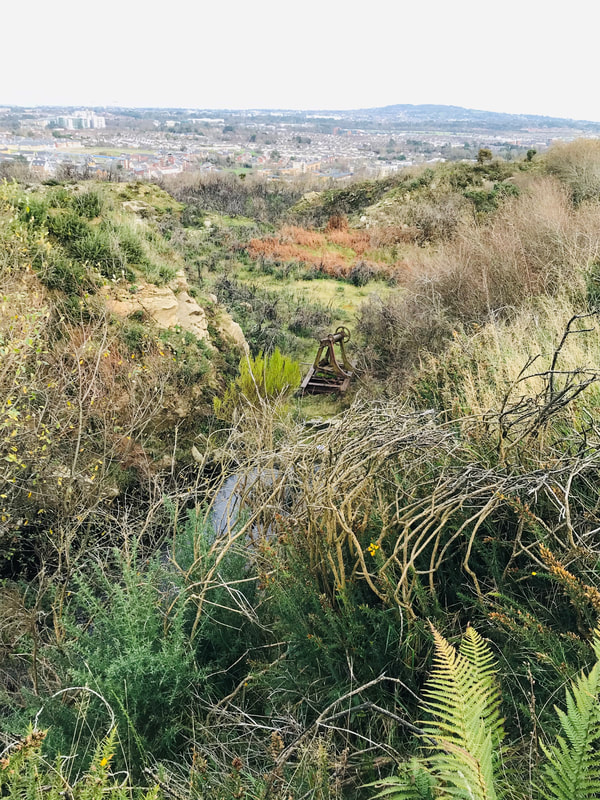

 RSS Feed
RSS Feed